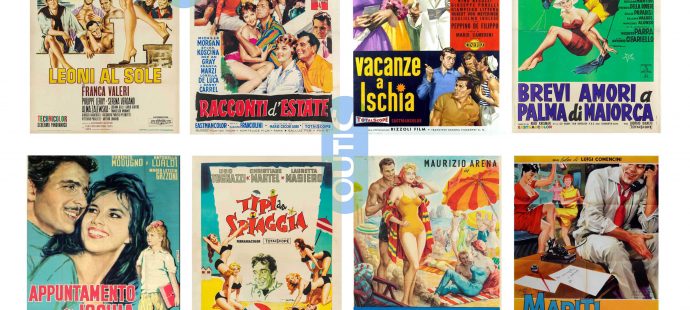
Italian Summer Movies of the 60s
Italian Summer Movies of the 60s Happy Ferragosto (mid-August) Ferragosto is a public holiday celebrated on August 15th in all of Italy. It originates from Feriae Augusti, the festival of ...

Italian Summer Movies of the 60s Happy Ferragosto (mid-August) Ferragosto is a public holiday celebrated on August 15th in all of Italy. It originates from Feriae Augusti, the festival of ...
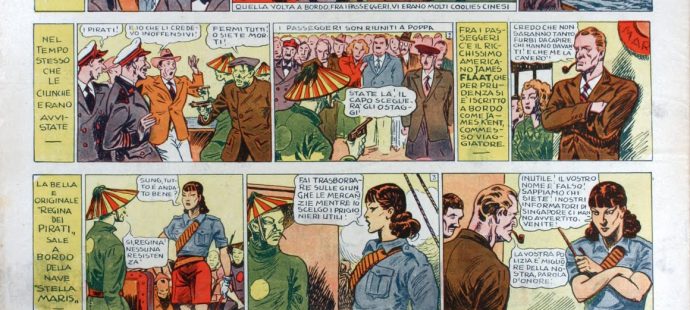
The first Toppi, Giove Giove Toppi, (2 August 1888 – 21 July 1942, Italy) cont’d Lambiek.net
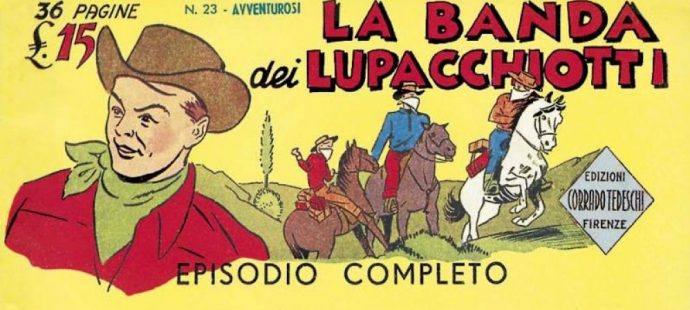
Born today Guido Fantoni
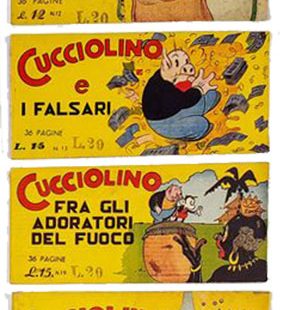
Born today Gibba
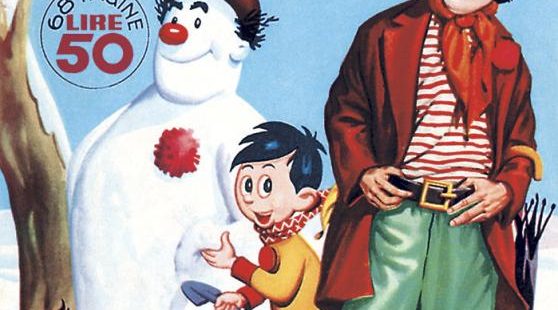
Obscure fumetti Zampanò Anno: 1957 – 1958 Editore: Sport Editoriale Mensile Pagine: 64 Lire: 50 Fumetti: Zampanò, disegni Nadir Quinto Lampo e Zizi, Favole aggiornate, (Giancarlo Agnello), Baffettino e Nando ...